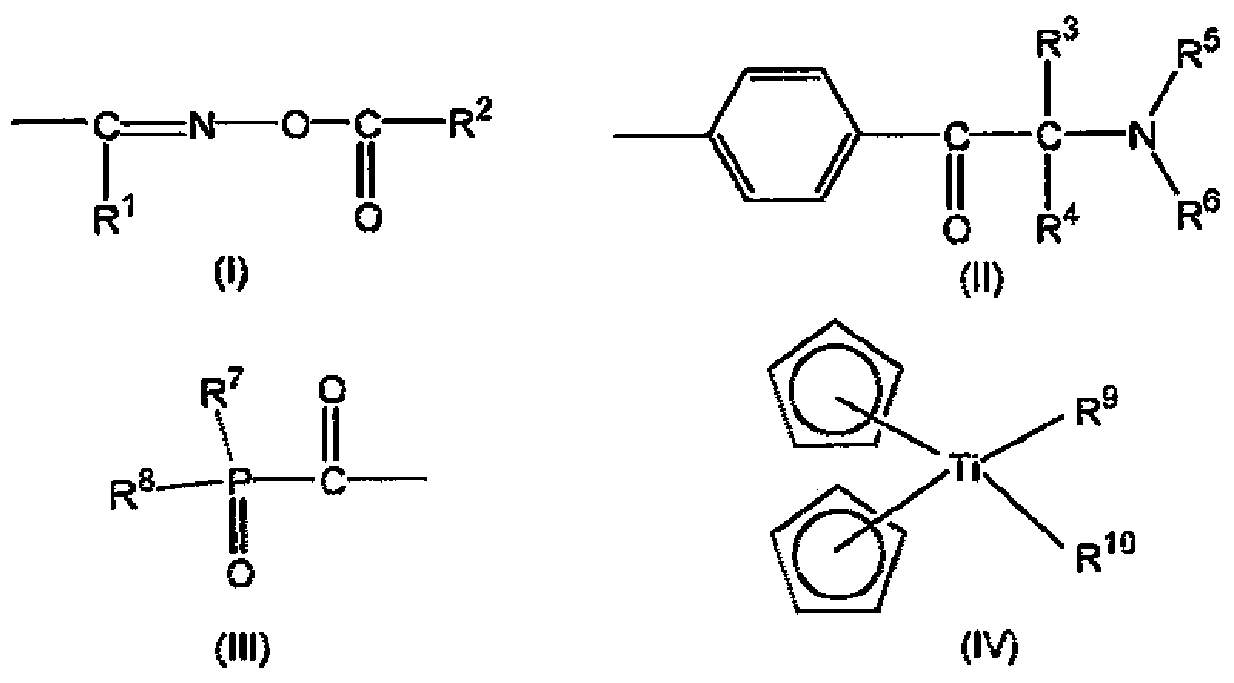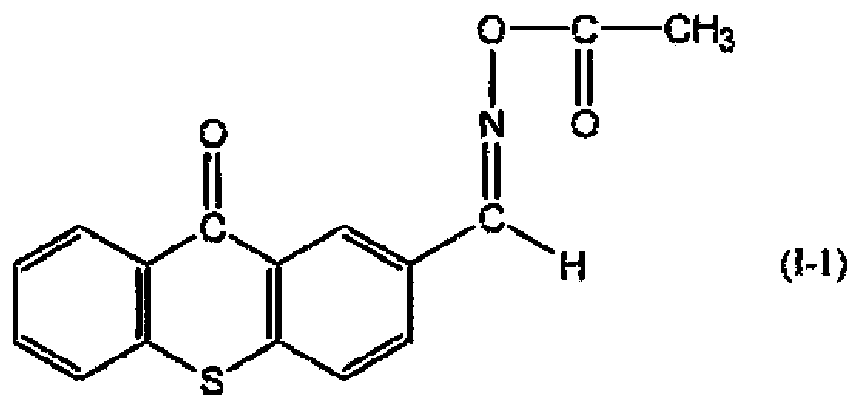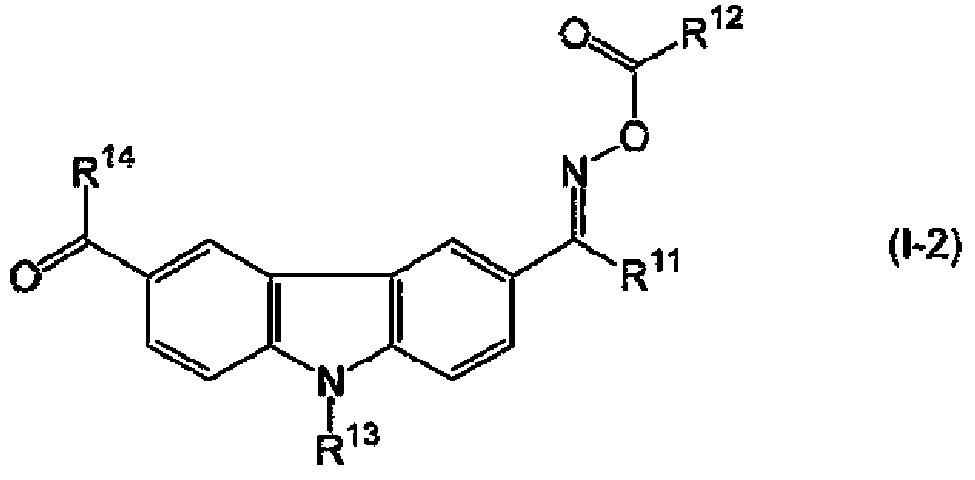Photocurable thermosetting resin composition, cured product, and printed circuit board
A resin composition, thermosetting technology, applied in the directions of printed circuits, printed circuits, printed circuit manufacturing, etc., can solve the problem of inability to perform gold plating, and achieve the effect of excellent touch dryness and high sensitivity
- Summary
- Abstract
- Description
- Claims
- Application Information
AI Technical Summary
Problems solved by technology
Method used
Image
Examples
Embodiment
[0134] Hereinafter, although an Example and a comparative example are shown and this invention is concretely demonstrated, this invention is not limited to the following description. In addition, hereinafter, unless otherwise specified, "parts" and "%" represent "parts by mass" and "% by mass".
[0135] [Synthesis of photosensitive resin]
Synthetic example 1
[0136] Synthesis Example 1: Photosensitive Resin (A1-1)
[0137] Put into 600 g of diethylene glycol monoethyl ether acetate an o-cresol novolak type epoxy resin [DIC Co., Ltd., EPICLON N-695, softening point 95°C, epoxy equivalent 214, average functionality 7.6 ] 1070 g (number of glycidyl groups (total number of aromatic rings): 5.0 mol), 360 g (5.0 mol) of acrylic acid, and 1.5 g of hydroquinone were heated and stirred at 100° C., and dissolved uniformly.
[0138] Next, after throwing in 4.3 g of triphenylphosphine and heating to 110° C. to react for 2 hours, the temperature was raised to 120° C., and the reaction was further performed for 12 hours. 415 g of aromatic hydrocarbons (SOLVESSO 150) and 456.0 g (3.0 moles) of tetrahydrophthalic anhydride were added to the resulting reaction solution, and the reaction was carried out at 110° C. for 4 hours and cooled to obtain a carboxyl group-containing photosensitive resin solution ( A1).
[0139] The solid content (quantity ...
Synthetic example 2
[0140] Synthesis Example 2: Photosensitive Resin (A-1)
[0141] Put into 700 g of diethylene glycol monoethyl ether acetate an o-cresol novolac type epoxy resin [DIC Co., Ltd., EPICLON N-695, a softening point of 95°C, an epoxy equivalent of 214, and an average functionality of 7.6 ] 1070 g (number of glycidyl groups (total number of aromatic rings): 5.0 mol), 360 g (5.0 mol) of acrylic acid, and 1.5 g of hydroquinone were heated and stirred at 100° C., and dissolved uniformly.
[0142] Next, 4.3 g of triphenylphosphine was charged, heated to 110° C., and reacted for 2 hours, and then 1.6 g of triphenylphosphine was further added, and the temperature was raised to 120° C., and the reaction was further performed for 12 hours. 562 g of aromatic hydrocarbons (SOLVESSO 150) and 684 g (4.5 mol) of tetrahydrophthalic anhydride were added to the obtained reaction liquid, and reaction was performed at 110° C. for 4 hours. Furthermore, 142.0 g (1.0 mol) of glycidyl methacrylates were ...
PUM
| Property | Measurement | Unit |
|---|---|---|
| softening point | aaaaa | aaaaa |
| softening point | aaaaa | aaaaa |
| softening point | aaaaa | aaaaa |
Abstract
Description
Claims
Application Information
 Login to View More
Login to View More - R&D
- Intellectual Property
- Life Sciences
- Materials
- Tech Scout
- Unparalleled Data Quality
- Higher Quality Content
- 60% Fewer Hallucinations
Browse by: Latest US Patents, China's latest patents, Technical Efficacy Thesaurus, Application Domain, Technology Topic, Popular Technical Reports.
© 2025 PatSnap. All rights reserved.Legal|Privacy policy|Modern Slavery Act Transparency Statement|Sitemap|About US| Contact US: help@patsnap.com



